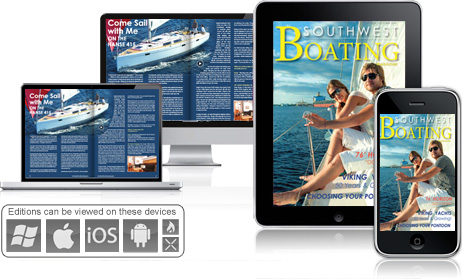Publishers are finding audiences overseas with their digital content. But getting the advertising to follow has proved tougher but not impossible.
The economics of digital advertising favor players with scale. Traffic from overseas is growing for publishers. Publishers launched its digital content overseas business, has been more aggressive and affordable than most distribution solutions. It owns and operates most of its sites and therefore digital content as well, this is spanning in U.K., Australia and Europe. It’s looking for other cities that have high social network usage to import its viral content model, like Berlin, Mumbai, Mexico City and Tokyo. Thirty percent of most publishers’ audience is now coming from outside the U.S., according to the publishing companies.
Many publishers are throwing tons of money into these markets to leave there footprint in the digital market place. It keeps overhead down by starting with a small editorial team of three to four people. A lot of its content has universal appeal, which lends itself to being re-purposed. Publishers choose markets where social media usage is strong, so it can piggyback on those distribution channels.
A successful digital publisher with a big international footprint, The Huffington Post, has 11 editions, which they say reach fully 90 million unique, and Greece and India editions are in line to launch this fall. Huffington Post CEO credits the audience growth to its local-market publishing partners, like Spain’s El Pais and Japan’s Asahi Shimbun, as key to the audience growth.
They bring institutional knowledge, a local network, credibility. They have been able to hire 15 to 20 editorial people in every market. In the long run, it has given us better returns.” Publishers who control their content and get SEO credit are winning in the market place.
Business Insider also has taken a partnership or licensing approach; London, set to launch later this year, will be its first owned and operated. “We’re not Time Warner; we don’t have $500 million ready to be deployed,” editor and CEO said. “Owned and operated is a big capital commitment. You really have to be eager to jump in, and it has to be a strategic extension of the core business.” It has had good results in markets like Australia, where the brand gained a local following quickly. We want to capitalize on our magazine content and its visitors.
Native app’s are not as all popular for magazine publisher and becoming difficult to justify the investment.
Overseas, publishers are finding that display still dominates. The native ad craze that’s sweeping through the U.S. hasn’t caught on overseas.
US publisher see’s the overseas markets contribute half its audience but only 10 to 20 percent of its revenue. The global ad buy has for the most part eluded the publisher; as much as 90 percent of the revenue coming from the overseas sites is local in nature.
The limits of native advertising pose a particular challenge for a publisher, with its native-only model.
Marketers across the globe, if they’re interested in Web advertising at all, it’s still dominated by display ads, and controlling content.
And like legacy print publishers with international editions now, there’s a limit to the global ad deal. Marketers talk about doing buys across geographic markets, but few are set up to actually be able to carry it out.
Marketers have to be structured in a way to take advantage of capitalizing in controlling and retaining its digital content. Having the content physically located on publisher’s web servers is much more profitable and beneficial in today publishing market place. It’s a challenge marketers are facing and have found solutions that work.
Having your content reside your web servers rather than your vendors will dramatically increase your SEO and web traffic which in small term, means more advertising dollars and more profit in the digital business model.

